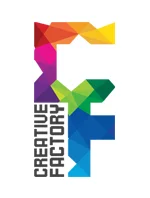

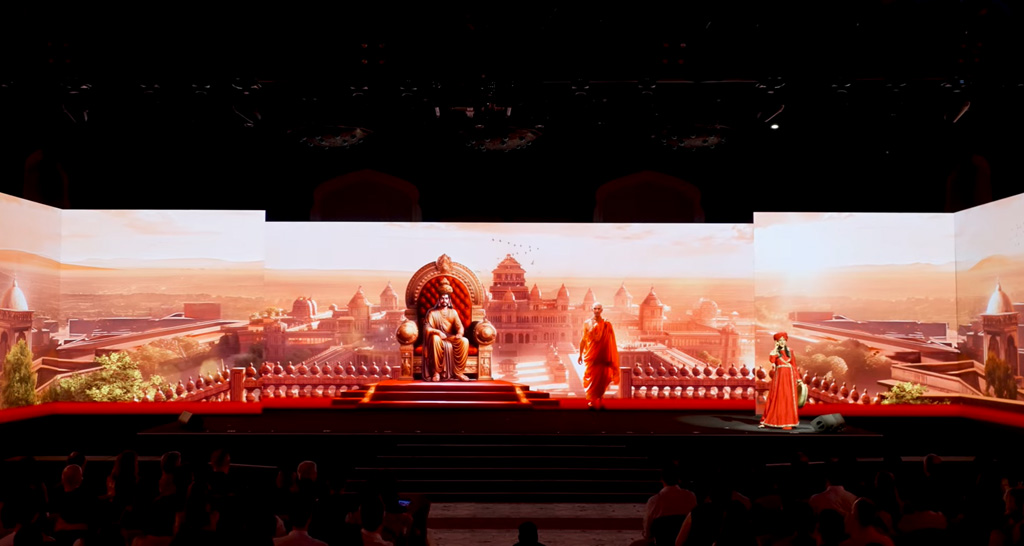


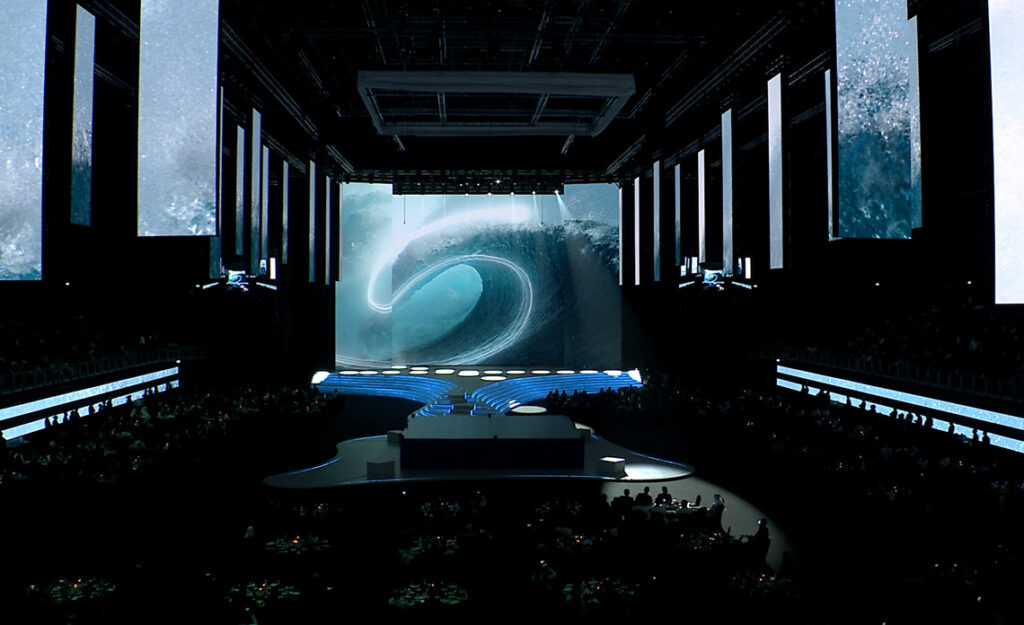


















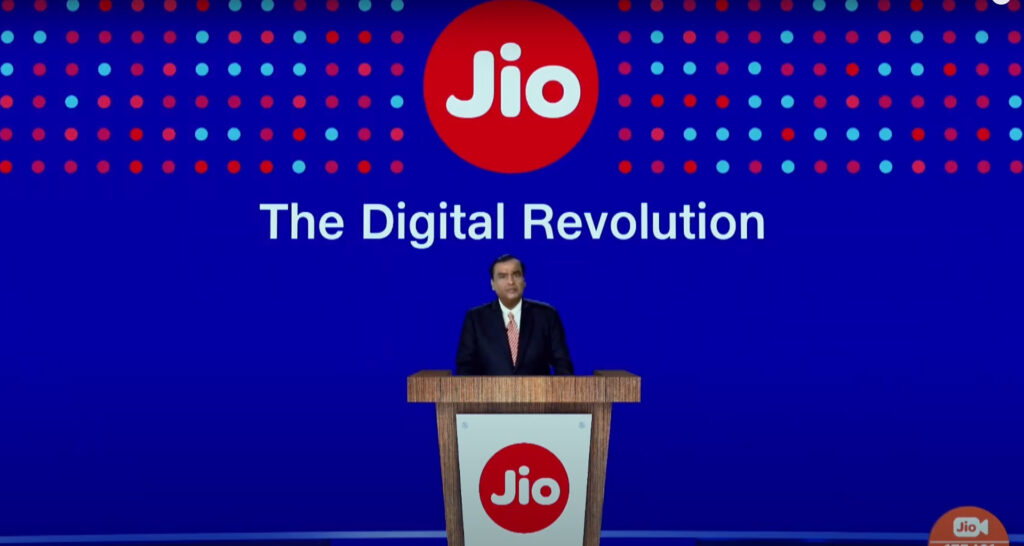







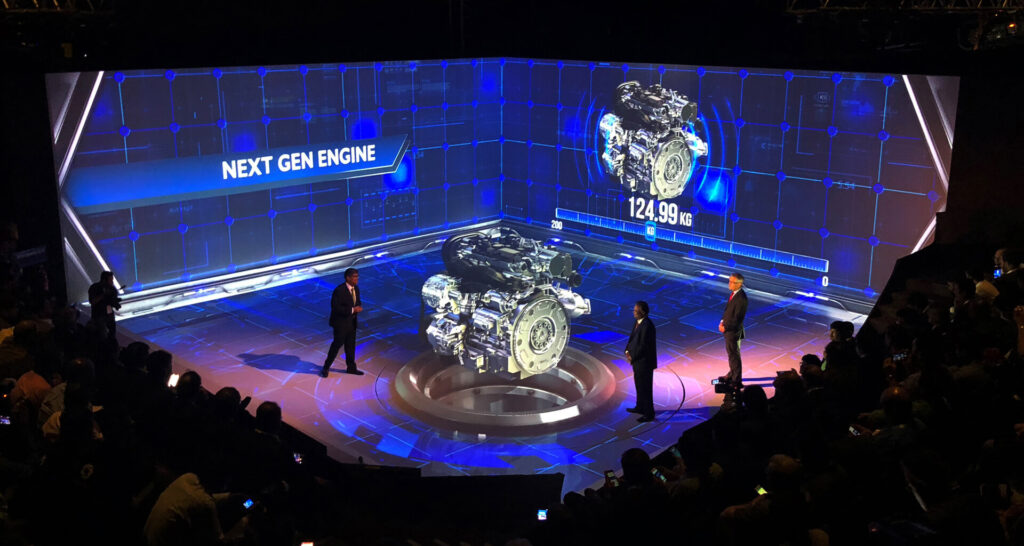














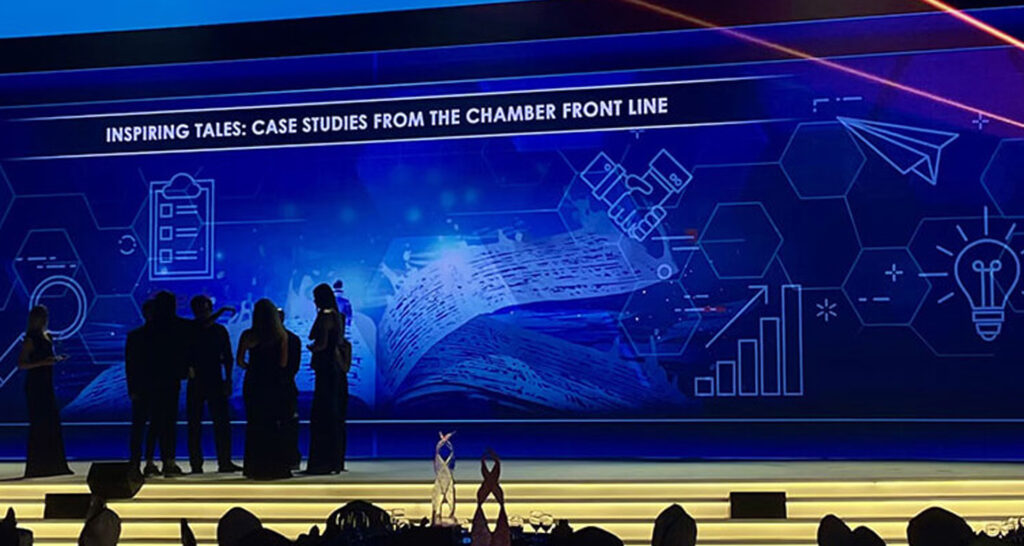


FAQ's
How does 3D projection mapping differ from traditional projection techniques?
3D projection mapping differs from traditional projection by precisely aligning digital content with the unique contours of three-dimensional surfaces. Unlike traditional projection, which typically involves projecting onto flat screens or surfaces, 3D mapping adapts visuals to fit irregular shapes, creating immersive, dynamic displays that interact with the surface’s dimensions.
Is projection mapping suitable for both indoor and outdoor events?
Yes, projection mapping is highly adaptable and can be effectively utilized in both indoor and outdoor settings. As a creative agency, projection mapping offers our brands a powerhouse solution, whether it’s transforming the facade of a building into a dynamic canvas for a nighttime outdoor event or enhancing the ambiance of an indoor conference room with immersive visuals, projection mapping services offer versatile options for a wide range of events and installations.
How can virtual events enhance audience engagement compared to traditional events?
Virtual events can enhance audience engagement through a variety of interactive features not feasible in traditional events. These include live polling, Q&A sessions, chat rooms, and virtual networking opportunities. Creative agencies like ours leverage virtual events to offer personalized experiences tailored to each attendee’s preferences, such as suggested content recommendations and matchmaking algorithms for networking. The flexibility of virtual environments allows for dynamic content delivery, fostering deeper engagement and interaction among participants.
Are virtual events suitable for large-scale conferences and trade shows?
Yes, virtual events are highly suitable for large-scale conferences and trade shows. They offer the ability to reach a global audience, provide immersive experiences through interactive features like virtual booths and networking lounges, and offer scalability without the limitations of physical venues. With advanced technology and customizable platforms, virtual events can effectively replicate the key aspects of in-person gatherings while offering additional benefits such as increased accessibility and reduced costs.
How can architectural mapping be used?
Architectural mapping transforms buildings into dynamic displays, enriching events with immersive visuals and storytelling. It’s used for live performances, themed exhibitions, and brand activations, projecting messages or products onto iconic landmarks. Additionally, it educates and enhances cultural experiences by showcasing historical narratives or artistic expressions on architectural facades.
What are the key elements involved in creating video mapping architecture projects?
The key elements in video mapping architecture projects include content creation, specialized software for projection mapping, strategic projector setup, precise site surveying, and technical calibration. Content creation involves designing visuals that align with the building’s architecture, while projection mapping software ensures accurate mapping onto surfaces. Projector placement is crucial for optimal coverage, and thorough site surveys help create precise templates. Finally, technical setup and calibration ensure seamless playback and visual impact.
How do immersive experience events contribute to storytelling and narrative experiences?
Immersive experience events elevate storytelling and narrative experiences by placing participants at the center of the action. Through interactive environments, engaging characters, and dynamic plotlines, attendees become active participants in the story rather than passive observers. By immersing participants in the narrative world, these events foster deeper emotional connections, evoke empathy, and create memorable journeys that leave a lasting impact on the audience.
Can immersive experiences events be customized for private or corporate gatherings?
Yes, immersive experiences events can be customized for private or corporate gatherings to suit specific themes, objectives, and audience demographics. Event organizers can tailor the immersive elements, storyline, and interactive activities to align with the goals and preferences of the hosting party. Whether it’s team-building exercises, brand activations, or unique entertainment experiences, immersive events offer versatile customization options to create memorable and engaging experiences for private or corporate clients.
